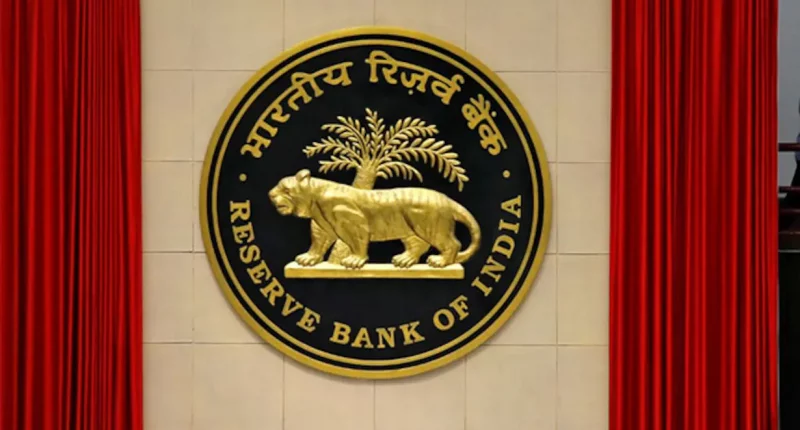The term yield generally relates to the amount of return that an investor will realise on a particular bond.
Basically, the bond yield would be equal to the coupon rate, which is the rate at which interest is paid out on a particular bond. As the interest payments earned are essentially the returns gained from a bond, the coupon rate is the simplest kind of bond yield.
Generally, yield is evaluated in two ways: current yield and yield-to-maturity (YTM). Current yield is a measure of the return of an investor from the bond investment in the next year. In addition, it is a ratio of the coupon rate and the bond’s current price. It highlights how much return an investor can earn from coupon payments given the market price of a bond. It takes into account the current price of the security instead of the face value.
On the other hand, the YTM is the expected annual rate of return on a bond if it is held till the maturity date. If an investor holds the bond up to maturity, they will be guaranteed to get back the principal amount as well as the interest.
Generally, in bonds, price and yield tend to have an inverse relationship. This means the bond prices and yields move in opposite directions. So, the higher the bond price, the lower the yield, and vice-versa. This is because, as the price of a bond rises, its YTM dips.
Similarly, hardening relates to appreciation. It is an indicator of price volatility or lack of it. It is a reference to trading conditions in which securities prices are surging and volatility is dipping in a financial market.
Here’s the lowdown on a term referred to as bond yield hardening that is often quoted while discussing the monetary policy changes by the Reserve Bank of India (RBI)

Rajiv is an independent editorial consultant for the last decade. Prior to this, he worked as a full-time journalist associated with various prominent print media houses. In his spare time, he loves to paint on canvas.





